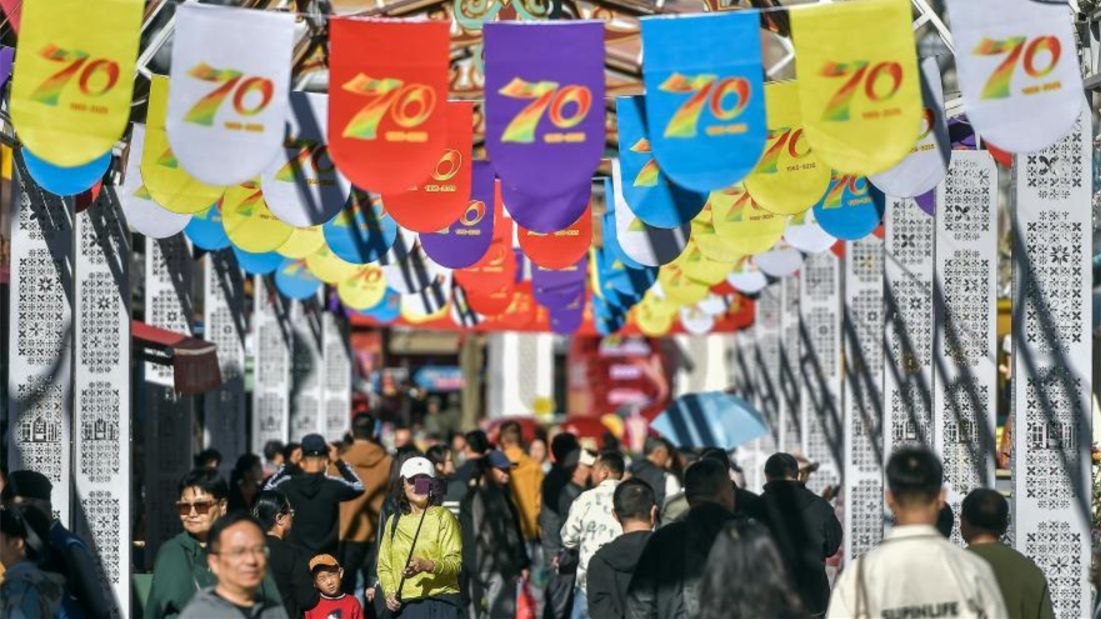Bathed in the winter sun, snow-capped mountains in northwest China's Xinjiang Uygur Autonomous Region glistened as skiers carved graceful arcs down their radiant slopes. "I'm amazed by the sunshine and snow here. The first slide of the new season was utterly exhilarating," exclaimed Wang Yifan, a skier from Beijing, his excitement palpable.
This scene unfolded at the recently opened Jikepulin International Ski Resort in Altay Prefecture, a ski destination ranked among Asia's largest that has long captivated winter sports enthusiasts. Yet, the allure of this vast region extends far beyond its pristine white winters.
Beautiful in spring and summer, charming in autumn and winter, Xinjiang has become an all-time popular tourist destination, said Chen Weijun, executive vice chairman of the regional government.
Official data shows that Xinjiang had welcomed over 300 million tourist visits in 2024. In the first three quarters of 2025 alone, it received approximately 260 million visits -- an increase of 8.4 percent year on year, generating tourism revenue exceeding 302 billion yuan (about 43 billion U.S. dollars).
Dubbed a "world-class geographical museum," Xinjiang's landscape is a tapestry of colors -- including the white of glacial peaks, the green of forests and grasslands, the blue of its rivers and lakes, and the yellow of vast deserts.
In Bachu County, once-withered poplar forests in dried-up riverbeds are now sprouting anew. Together with the vibrant wetlands, they have become natural habitats for wildlife, thanks to intensified local conservation efforts. "This journey from lush plains to the majestic Gobi Desert was not just a visual shock. I felt the tenacity of life. It's an unforgettable experience," shared Fan Hongli, a self-driving tourist from Henan Province, central China.
Xinjiang's cultural vibrancy matches its natural splendor. A constant stream of events -- such as the folk art season, the Taklimakan Rally, and food festivals and concerts -- ensures a year-round schedule. Community-driven activities like the "Village Super League" and "Village Basketball Association" tournaments further boost cultural tourism in the region.
In southern Xinjiang, tourists in places such as the ancient city of Kashgar, the old town of Kuqa, and Turpan immerse themselves in diverse ethnic cultures and local delicacies.
Spanning one-sixth of China's territory, Xinjiang's vastness once posed a travel challenge. However, rapid infrastructure development is swiftly changing this. The Altay-Hemu Highway, for instance, has halved the travel time from Altay to Hemu to three hours. Meanwhile, a new expressway set to open by year-end, which links the regional capital city of Urumqi with Weili County, is expected to reduce the drive duration between these two places from seven hours to around three.
"Tourism infrastructure is continuously improving, and new travel experiences are constantly emerging," said Chen. Industry experts highlight that Xinjiang is now a leader in China in terms of emerging travel trends like self-driving tours, ice-snow tourism and specialized adventure travel. According to Trip.com data, bookings for self-driving loop tours in northern Xinjiang surged by 88 percent year on year during this year's National Day holiday.
Xinjiang's appeal is also growing internationally. Thanks to China's policies that facilitate visas, payments and accommodation for inbound tourists, the region received 2.12 million inbound tourist arrivals from January to October, up 6 percent year on year and generating international tourism revenue of 13.5 billion U.S. dollars, an increase of 6.55 percent year on year, according to data from the regional department of culture and tourism.
"Many foreigners come with a 'verification' mindset, wanting to see if Xinjiang aligns with some Western media's descriptions," said Yang Fuqiang, a researcher at the Xinjiang Academy of Social Sciences.
Fabian Hiller from Germany, for example, visited Urumqi, Kashgar and Turpan, and found his preconceptions disproven. "My biggest worry was transport and communication, but I found these concerns totally unnecessary. Ride-hailing apps work just like in Shanghai or Beijing, hotel bookings are simple, and the staff are professional," he shared, recalling pleasant interactions with vendors at a bazaar where he even learned some Uygur phrases.
Chen Bianxia, an English-speaking tour guide with nearly two decades of experience, noted a significant increase in overseas tourist arrivals in Xinjiang, particularly between June and September this year, with Southeast Asian tourists being the largest group. Liang Changhong, general manager of China CYTS Tours Holding Co., Ltd.'s Xinjiang branch, observed that while Southeast Asian tourists prefer natural landscapes and increasingly opt for independent travel, European and American visitors are drawn by the historical cultural heritage of the ancient Silk Road.
Looking ahead, ambitious plans are in place. A development plan to further boost the region's tourism sector between 2025 and 2030 aims to push annual tourist arrivals up to over 400 million by 2030, which will mean achieving trillion-yuan comprehensive revenue in the cultural, tourism and sports industries and creating more than 1.5 million jobs.
"Xinjiang is open and the people here are hospitable," said Erkin Tuniyaz, chairman of the regional government. "We are ready to provide the utmost convenience for friends from home and abroad to experience the real Xinjiang and to embrace its beauty."

.png)
.png)
.png)
.png)


.jpg)
.jpg)


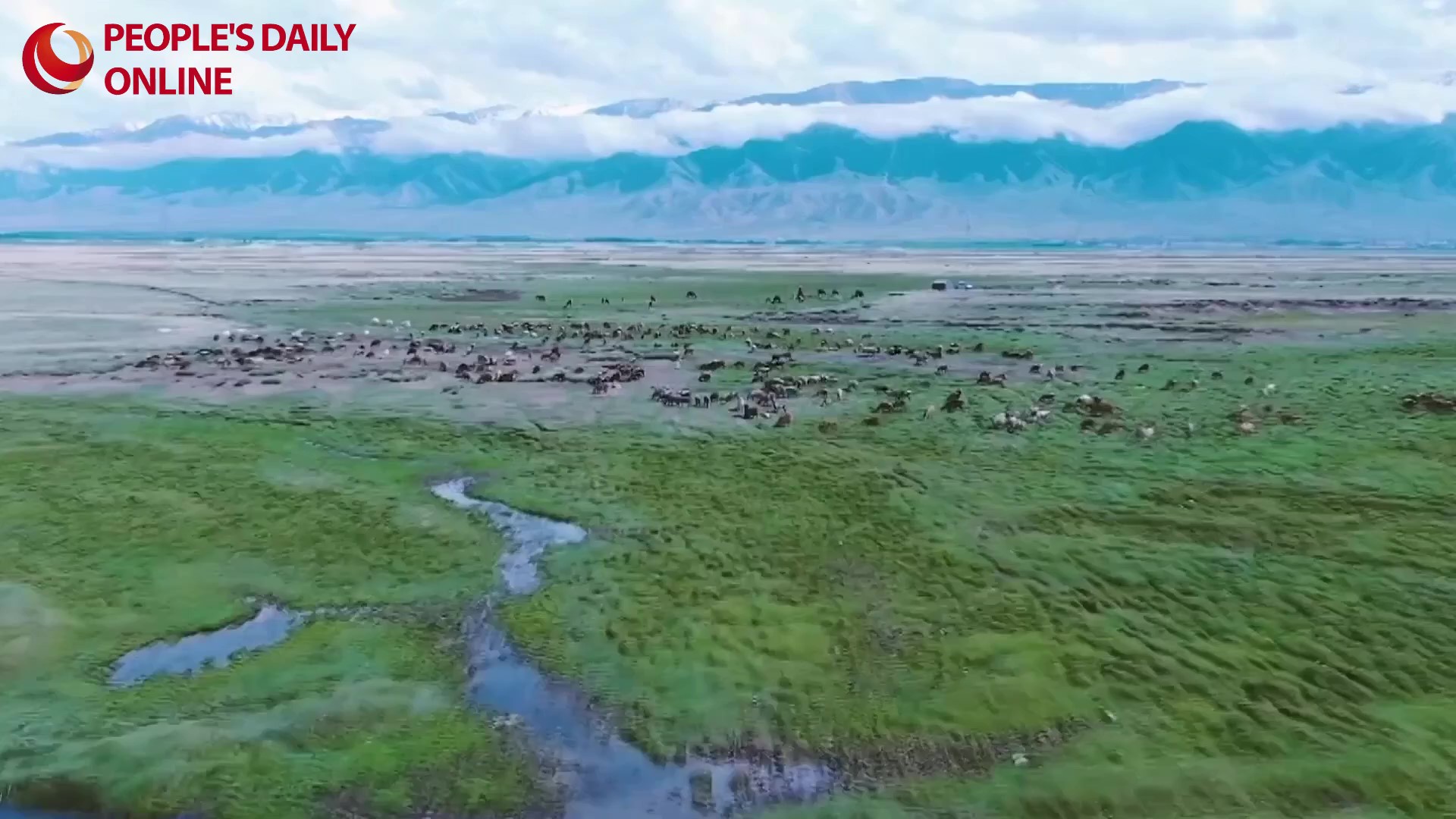

.jpg)

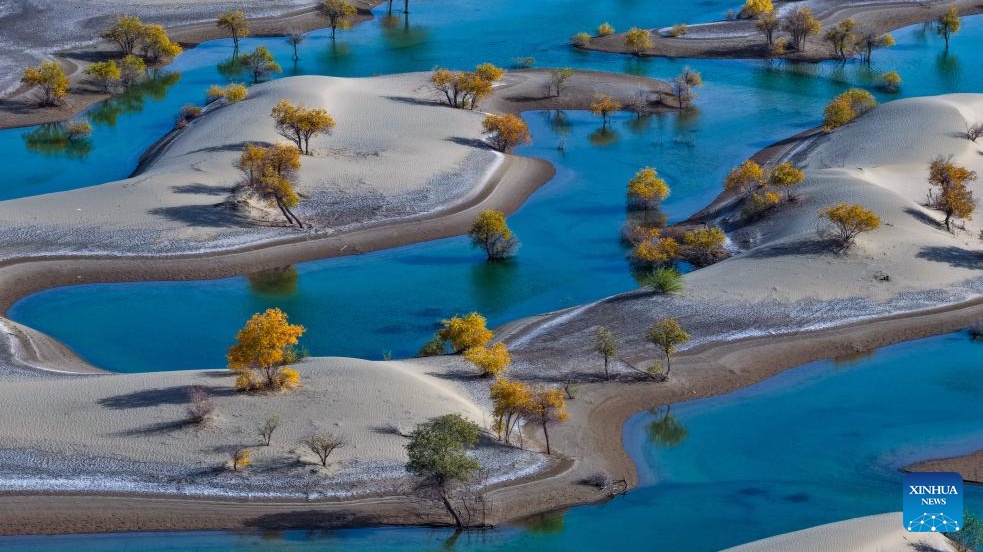

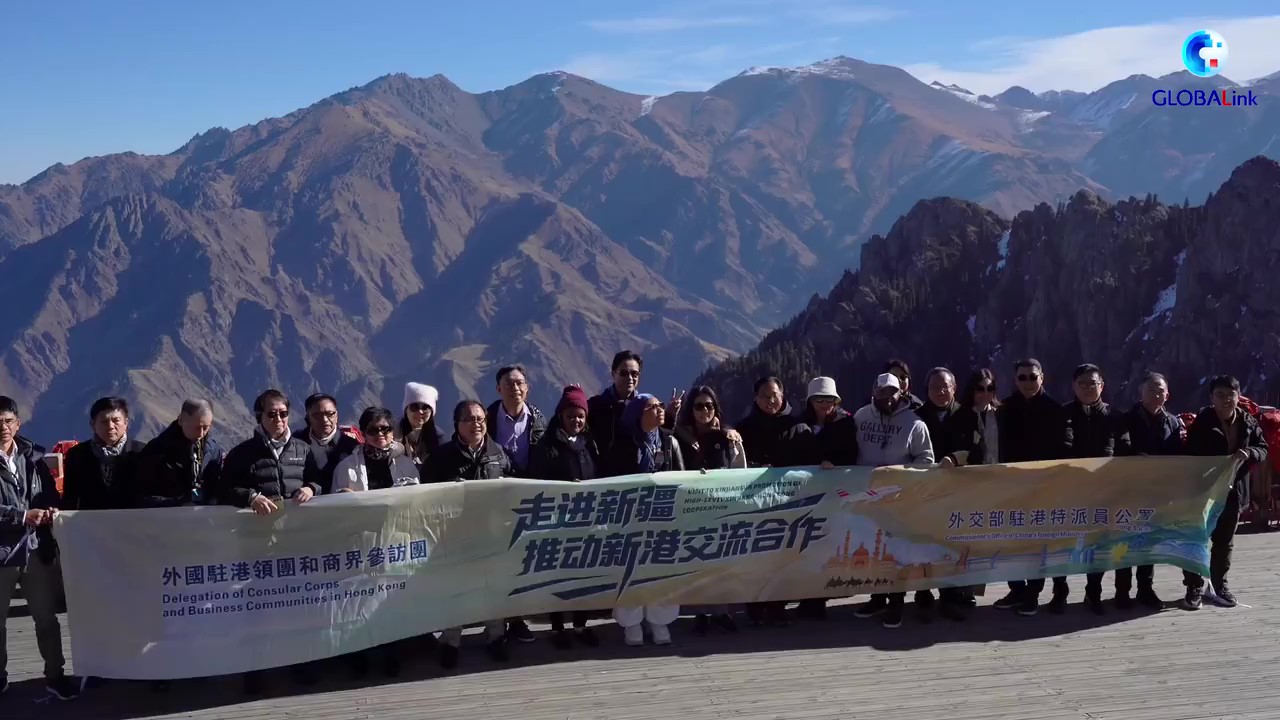

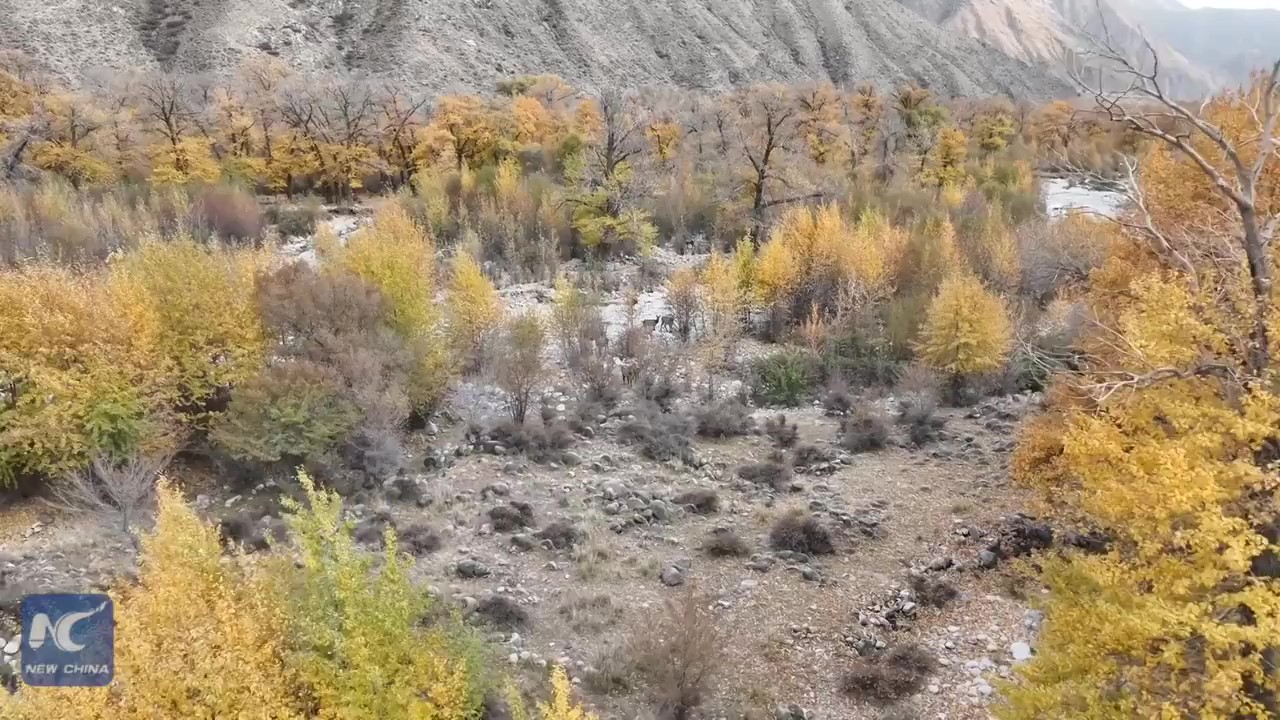
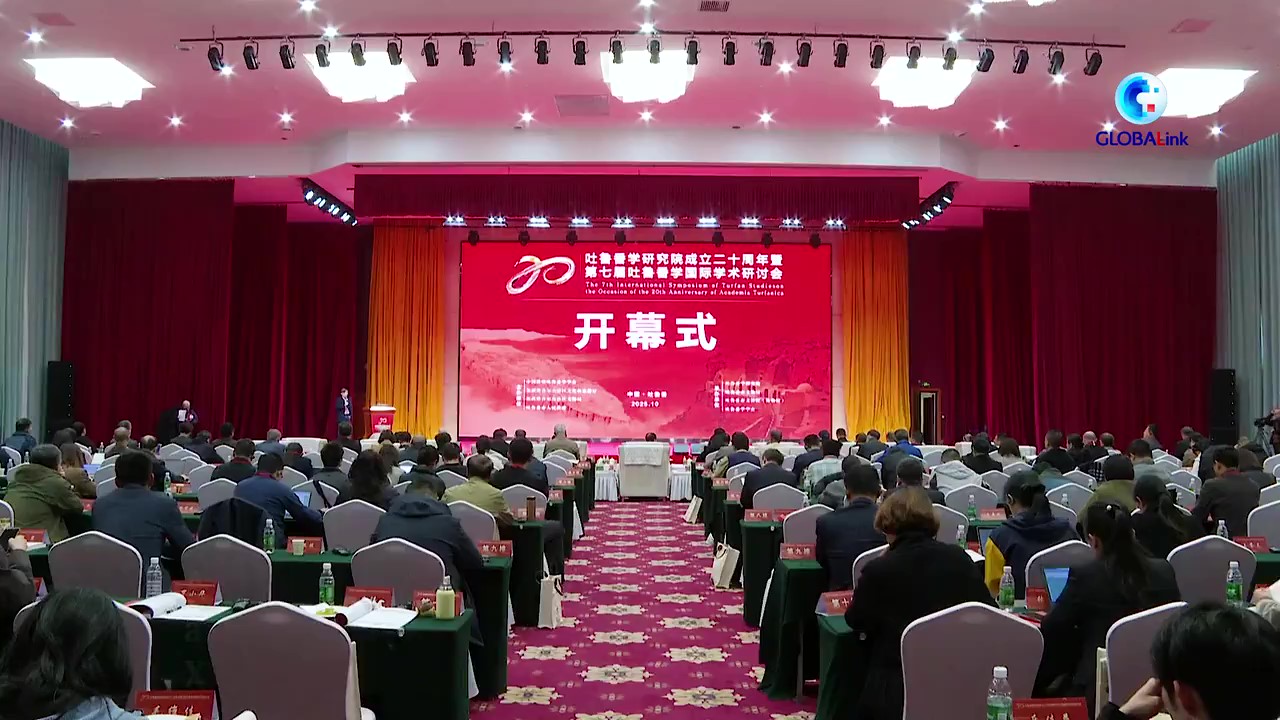
.png)
.png)
.png)


.png)
.png)
.png)
.png)
.jpg)
.png)
.jpg)
.png)
